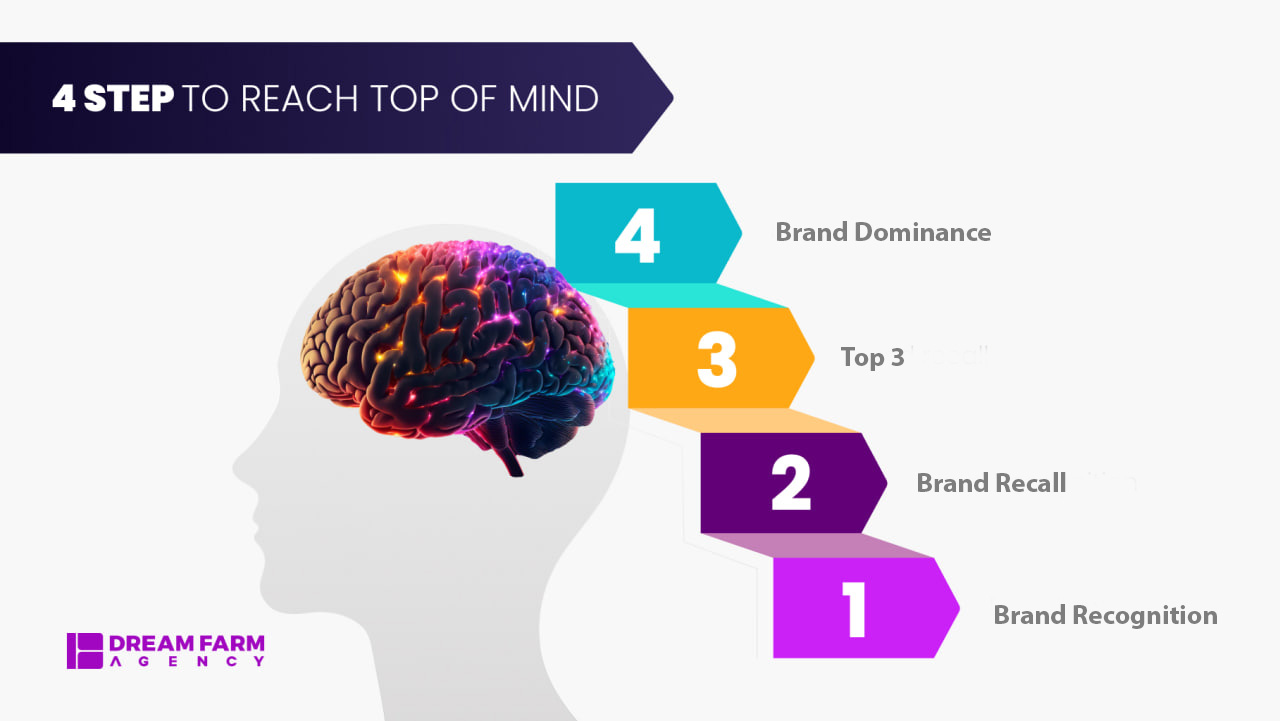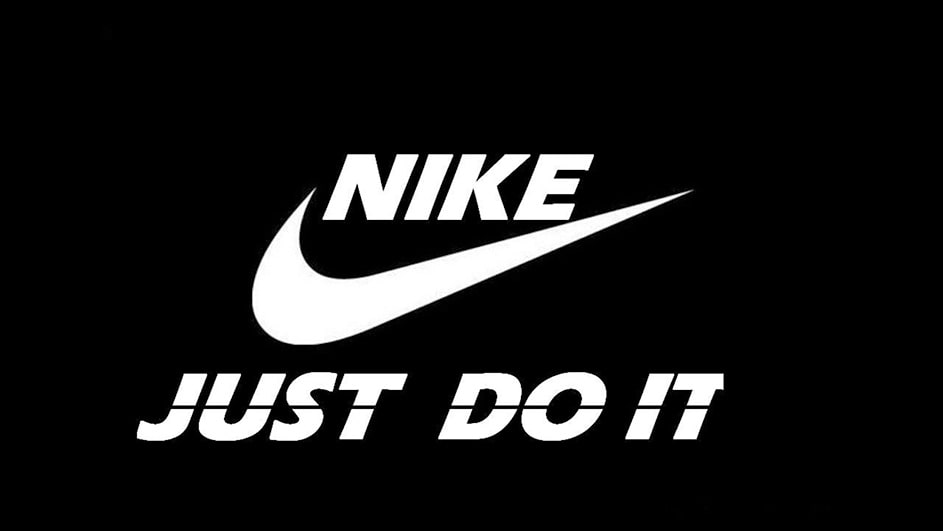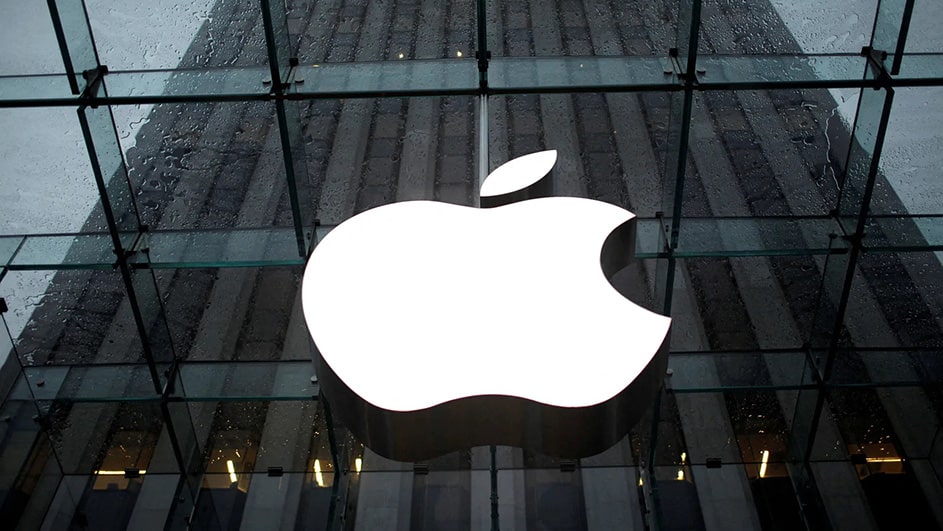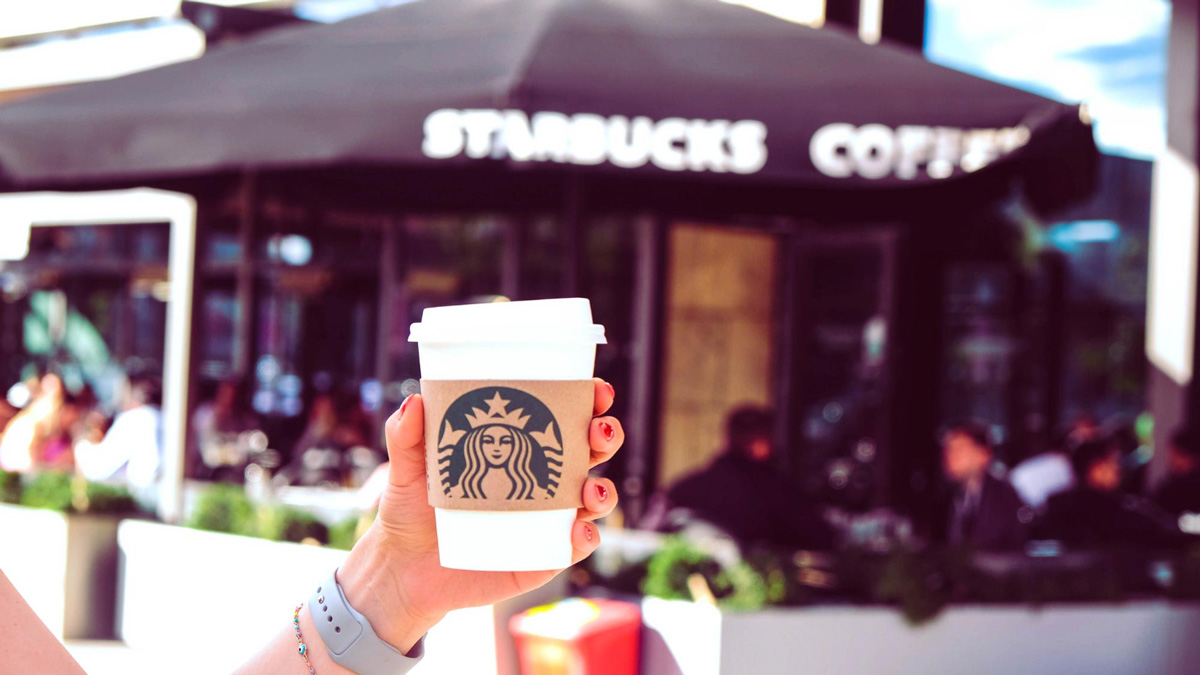
Brand recognition serves as the foundational step in establishing brand awareness. When you’re just starting, ensuring your target audience can identify your brand at a glance is vital. This recognition forms the cornerstone of all subsequent interactions with your brand. Think of it as the initial handshake in a business meeting – it sets the tone for all future engagements.
In the absence of strong brand recognition, your brand risks blending into the background among a sea of competitors. Therefore, investing in strategies to boost your brand recognition guarantees your brand’s growth and success. In the following blog post, we’ll explore some effective strategies for building brand recognition and share insights from successful brands that have mastered the art of branding.
Definition of Brand Recognition
The first step in developing brand awareness is brand recognition. It is a foundation for individuals to learn about your offer. They might make impulsive, hasty purchases as a result of their familiarity. Making sure that consumers can quickly identify and associate your brand with your goods or services is the goal of concentrating on brand recognition. The goal is to assist customers in selecting your brand over competitors.
This recognition is built through creating strong connections between your brand’s visual and sometimes auditory elements, like logos, colors, and packaging, and your brand itself. The more often people see or hear these cues, the more they get used to them, making it easier to identify and separate your brand from others. Furthermore, brand recognition is closely intertwined with your brand’s identity. It includes your logo, design, and other factors, such as your brand’s voice, tone, and imagery. All these elements help consumers recognize your brand, making it stand out in the crowded marketplace.
Brand Recognition vs. Brand Awareness
Brand recognition refers to how easily you can recognize a brand when you see it. It’s like the initial acknowledgment of a familiar face in a crowd. On the other hand, brand awareness extends beyond mere recognition. It’s like getting to know someone better – understanding their personality, values, and reputation. It involves recognizing the brand and understanding what it represents and stands for.
The path to brand awareness begins with brand recognition. It is similar to placing the first brick in the foundation of brand recognition. Developing a stronger bond with a brand beyond its visual appearance and acknowledging its qualities, reputation, and values is known as brand awareness.
Think of brand awareness as getting to know someone better and knowing their beliefs and characteristics, whereas brand recognition is like seeing a familiar face in a crowd. Establishing a deeper and more significant connection between customers and the brand is what brand awareness does, whereas brand recognition only sets the stage.

Brand Recognition vs. Brand Recall
Brand recall and brand recognition represent distinct perspectives on how consumers interact with a brand.
Brand recall demonstrates consumers’ capacity to remember a brand spontaneously when provided with a product category, revealing the brand’s memorable impact. In contrast, brand recognition illustrates consumers’ ability to identify a brand among others when given visual or auditory cues, like seeing a logo or hearing a jingle.
In essence, while brand recall focuses on how deeply consumers remember a brand, brand recognition looks at how widely known and associated the brand is.
Why does Brand Recognition matter?
Brand recognition is critical to building successful brand awareness in the marketplace. It is the foundation upon which consumer trust, brand experience, value, and competitive advantage are built.
Building Trust
When consumers recognize your brand, they feel a sense of familiarity and reliability. It’s like recognizing a friend in a crowd – you trust them because you know them. Similarly, when consumers repeatedly encounter your brand and its visual or auditory cues, they trust it more. This trust increases confidence in your products or services, ultimately developing long-term relationships with your brand.

Elevating the Brand Experience
Brand recognition plays a vital role in shaping the overall brand experience for consumers. It’s like having a consistent theme throughout a story. It ties everything together and makes it more memorable.
When consumers can easily recognize your brand across various touchpoints, from advertising to packaging to online presence, it creates a cohesive and seamless brand experience. This consistency enhances consumer engagement and loyalty, making your brand noticeable in a crowded marketplace.
Boosting Brand Value
When customers trust and know your brand, they will be willing to pay more for your goods or services. Your brand’s reputation in the market is strengthened and sales and revenue improve as a result of this boosted perceived value.
Moreover, it reinforces connections with your current clientele while drawing new ones into your community. It also makes your brand more attractive to investors and potential partners.
Gaining Competitive Edge
In today’s competitive landscape, brand recognition is essential for gaining a competitive edge. It’s like having a distinct signature that sets you apart from others.
You gain a competitive advantage when consumers easily distinguish your brand from competitors. This advantage allows you to capture market share, attract new customers, and retain existing ones. Ultimately, brand recognition helps position your brand as a leader in your industry.
Boosting Revenue and Profits
Customers who are familiar with your brand are more likely to choose your goods or services over your competitors, which leads to more revenue and earnings for your company.
With strong brand recognition, you become the go-to option in your industry, driving revenue growth and enhancing financial performance.
Enhancing Word-of-Mouth Advertising
By strengthening brand recognition, you can establish a strong presence in the marketplace and develop lasting relationships with consumers.
Satisfied customers spread positive word-of-mouth about your brand to others, which fuels word-of-mouth marketing, particularly among Gen Z consumers. According to a recent survey by PWC, 62% of Gen Z individuals were inclined to recommend a brand, compared to only 45% of baby boomers.
It highlights the role of brand recognition in cultivating strong relationships with customers. It reinforces organic promotion through positive word-of-mouth advertising.
Driving Web Traffic
Brand recognition drives increased web traffic to your online platforms. When consumers recognize your brand, they are more inclined to visit your website or social media pages to learn more about your products or services.

This increased online presence improves exposure and opens up options for interaction and conversion. As more consumers interact with your business online, you can use this traffic to increase sales and establish relationships with your target audience.
Improving Marketing Efficiency
Investing in brand recognition leads to more productive marketing efforts. While building brand recognition and awareness requires an initial investment, the payoff comes over time as more of your target audience becomes familiar with your brand and its offerings.
As brand recognition grows, your marketing campaigns become more effective, resulting in higher return on investment (ROI) and greater efficiency in reaching and engaging your target market.

By consistently reinforcing your brand identity and message across various channels, you can maximize the impact of your marketing efforts and drive sustained business growth.
Focusing on strategies to improve brand recognition can boost brand value and provide you a competitive advantage in the marketplace. It eventually leads to long-term prosperity and long-lasting customer relationships.
Success Examples of Brand Recognition
Certain businesses stand out for their capacity to create a permanent mark on customers’ emotions. Let’s look at some notable examples of how to efficiently build brand recognition, extensive visibility, and loyalty.
McDonald’s
McDonald’s, with its unique golden arches logo and familiar menu items, has become synonymous with fast food around the world. McDonald’s has solidified its brand recognition through catchy slogans, beloved characters like Ronald McDonald, and unique value propositions such as affordability and convenience.
By consistently reinforcing these elements in its marketing campaigns and customer experience, McDonald’s has ingrained itself as a familiar and trusted fast-food destination.
Whether in New York City or Tokyo, you can easily spot a McDonald’s restaurant and instantly recognize the brand.

Nike
Nike is renowned for its “swoosh” logo and iconic “Just Do It” slogan, which has become equivalent with athleticism and performance. Nike has increased brand recognition through smart alliances with professional athletes and effective campaigns.

By associating itself with excellence and performance, Nike has positioned itself as an icon of athleticism and innovation in the sports apparel industry. Whether a professional athlete or a casual gym-goer, you likely recognize and trust the Nike brand for its quality and reliability.
Coca-Cola
Coca-Cola is a global beverage giant with unparalleled brand recognition through its timeless logo. Coca-Cola has become ingrained in popular culture with its signature red-and-white branding and memorable advertising campaigns.

From its iconic polar bear commercials to its sponsorship of major sporting events, Coca-Cola consistently reinforces its brand identity and maintains a strong connection with consumers worldwide. Coca-Cola’s brand recognition transcends its products, evoking emotions of happiness, togetherness, nostalgia, and inspiration.
Amazon
Amazon’s brand recognition is characterized by its distinctive logo and emphasis on customer satisfaction. With its smile-like arrow, the company’s logo symbolizes the happiness and convenience Amazon aims to deliver to its customers.

Thanks to its ability to evoke strong feelings in customers and cultivate a sense of loyalty, Amazon has come to be associated with flawless online buying. Whether it comes to books, gadgets, home necessities, or anything else, Amazon’s recognition exceeds any other company in e-commerce.
Apple
Apple is synonymous with innovation and premium quality. Apple has positioned itself as a dominant force in the technology industry through its groundbreaking products and captivating marketing campaigns.
Slogans like “Think Different” and “Apple at Work” reinforce the brand’s commitment to creativity and excellence. With its loyal fan base, Apple has built a reputation for excellence and innovation in the tech industry.
From the iPhone to the MacBook, Apple’s suit of products is instantly recognizable and highly demanded by consumers worldwide.

These examples demonstrate the power of brand recognition strategies in shaping consumer perceptions and driving success in the marketplace. These brands have achieved widespread consumer recognition and loyalty through distinctive branding, consistent messaging, and innovative marketing strategies.
Building Brand Recognition Strategies
When it comes to building brand recognition, strategic planning is key to success. By implementing effective strategies, you can ensure your brand stands out in the marketplace and aligns with your target audience. Here are a few strategies that could help improve your brand’s recognition, which we’ll be discussing.
Define Your Target Audience
Understanding your audience is crucial for crafting marketing messages that resonate with them. You can adjust your brand messaging and communication strategies by identifying your target audience to better connect with potential customers.
Understand What Makes You Different
Identifying your unique selling points differentiates you from competitors and helps you create a distinctive brand identity. Understanding your unique qualities enables effective communication and a compelling value proposition to consumers.
Define Your Brand’s Look and Feel
Establishing a cohesive visual identity is essential for building brand recognition. Consistent use of colors, fonts, and imagery across all marketing materials helps reinforce your brand’s identity and makes it easily recognizable to consumers.
Show Brand Consistency
Consistency is key to building brand recognition. Maintaining a cohesive brand message and visual identity across all touchpoints reinforces your brand’s image and builds consumer trust.

Engage across Multiple Channels
Employing different channels, such as social media, email marketing, and offline advertising, enables you to reach a broader audience and increase brand visibility. Engaging with consumers across various channels helps reinforce your brand message and enhances brand recognition.
Encourage Word-of-Mouth Referrals
Positive word-of-mouth referrals can significantly impact brand recognition. Encourage satisfied customers to communicate their experiences with others through social media, reviews, or personal recommendations to help amplify your brand’s reach.
Form Strategic Partnerships and Collaborations
Collaborating with complementary brands or influencers can introduce your brand to new audiences and improve brand recognition. Strategic partnerships allow you to use other brands’ existing credibility and reach to boost your visibility.
Analyze and Adapt Your Campaigns
Regularly evaluating the results of your marketing campaigns allows you to identify what’s working and what’s not. By adapting your strategies based on data insights, you can continuously optimize your efforts to improve brand recognition and achieve your marketing goals.
Building brand recognition is essential for establishing a strong presence in the marketplace and creating lasting connections with consumers. You can use efficient strategies to increase your brand’s recognition and credibility among your target audience.

Regularly analyzing and adapting your campaigns based on data insights allows you to optimize your efforts and continuously improve brand recognition. Methods such as surveys, focus groups, and social media data can provide valuable insights into consumer perceptions of your brand.
When measuring brand recognition metrics, you’ll find that they closely mirror those used for brand awareness. If you’re looking for a deeper understanding of effective measurement techniques, check out our article on brand awareness.
Building brand recognition requires dedication, strategic planning, and a commitment to maintaining a consistent brand experience. These strategies can strengthen your brand’s presence and reputation, driving long-term growth and success
Conclusion
Brand recognition is a fundamental aspect of building brand awareness. It’s not just about having a catchy logo or tagline – it’s about creating a strong connection with consumers. By investing in brand recognition, companies can stand out in a crowded marketplace and reinforce trust and loyalty among their target audience.
At Dream Farm Agency, we understand the importance of brand recognition in diverse industries. Our team specializes in assisting businesses in establishing a robust presence, improving visibility within their target audience, and cultivating brand loyalty.
We provide a range of branding services personalized to your preferences. Starting with a thorough brand audit, we evaluate your brand identity, messaging, online presence, and marketing strategies to pinpoint areas of strength and areas for improvement.
Our team communicates with you to design a unique visual identity that represents your brand. Whether planning a memorable brand mascot or developing creative digital and interactive media solutions, our skilled designers ensure your brand stands out effectively.
Additionally, we focus on crafting a compelling brand narrative that authentically represents your values and resonates with your audience. Our content creators work alongside you to develop an engaging story that sets your brand apart.
We offer continuous monitoring, measurement, and analysis of performance to refine and optimize branding and marketing strategies. This ongoing process ensures that your brand visibility and recognition are consistently enhanced.
Contact us to plan an online consultation with our team to explore how we can elevate your brand via immersive solutions. We’re eager to hear about your branding experience and help you achieve your goals.
Remember to share your brand recognition experiences in the comment box below.

Fareena



